Journey of a Project in a Design Studio
Recorded on Monday, May 11, 2020
Hosted by Saurabh Tewari
Department of Design
School of Planning and Architecture, Bhopal
www.design.spab.ac.in
Speaker's Bio
Aman Sadana is an Industrial Designer, who specializes in consumer electronics and home appliances. Over the past decade, he has been a part of the Design Studios of LG Electronics, Kohler, Lumium and Tata Elxsi. He is currently working on Atomberg's foray into kitchen appliances. After graduating in Architecture from SSAA, he went on to pursue his Master of Design from IIT Delhi. His work encompasses everyday objects like Air Conditioners, Refrigerators, Ceiling fans, Water Purifiers and Mobile Phones. As a part of the Design Research & Strategy team, he travels extensively to discover insights, greenhouse ideas and develop new product concepts.
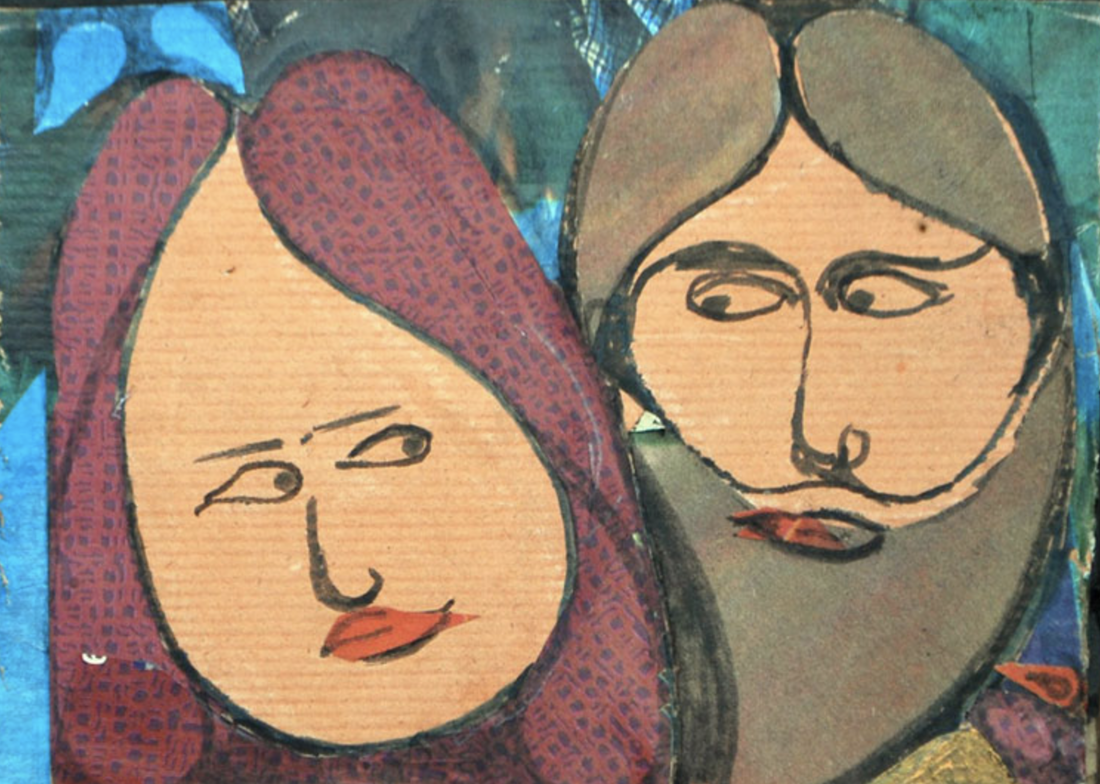
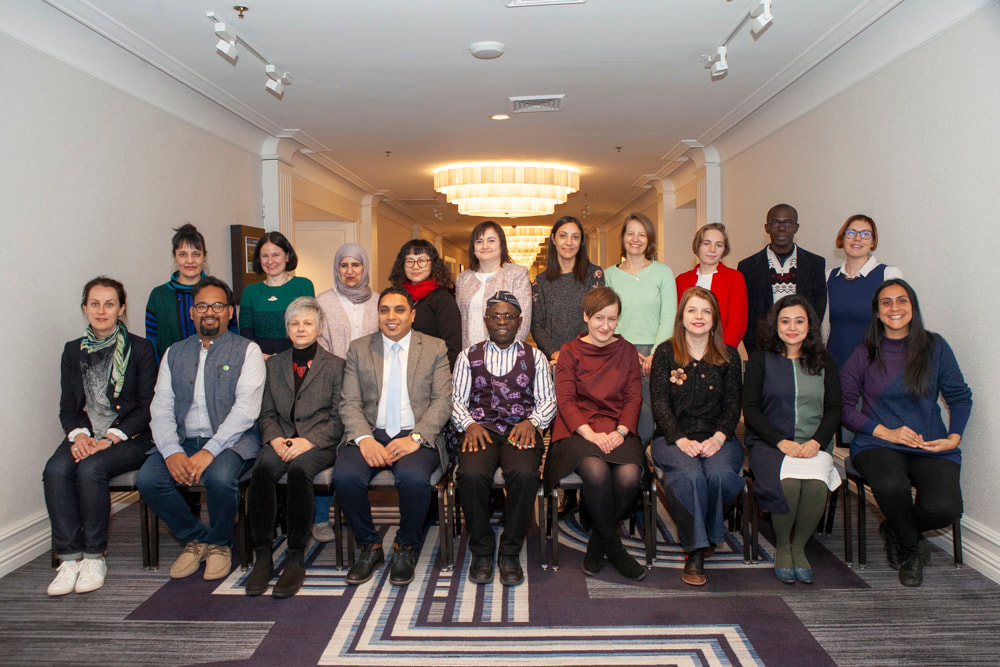
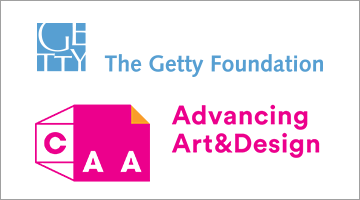

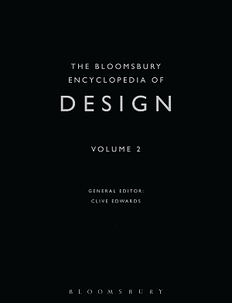
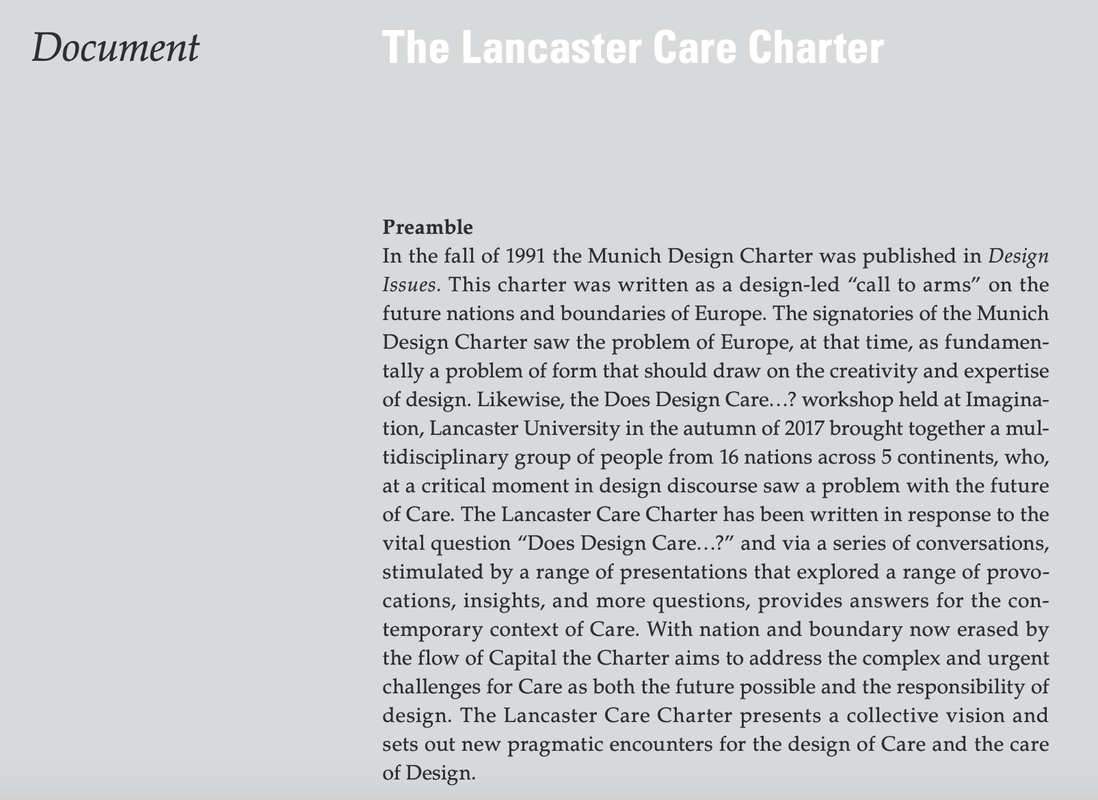
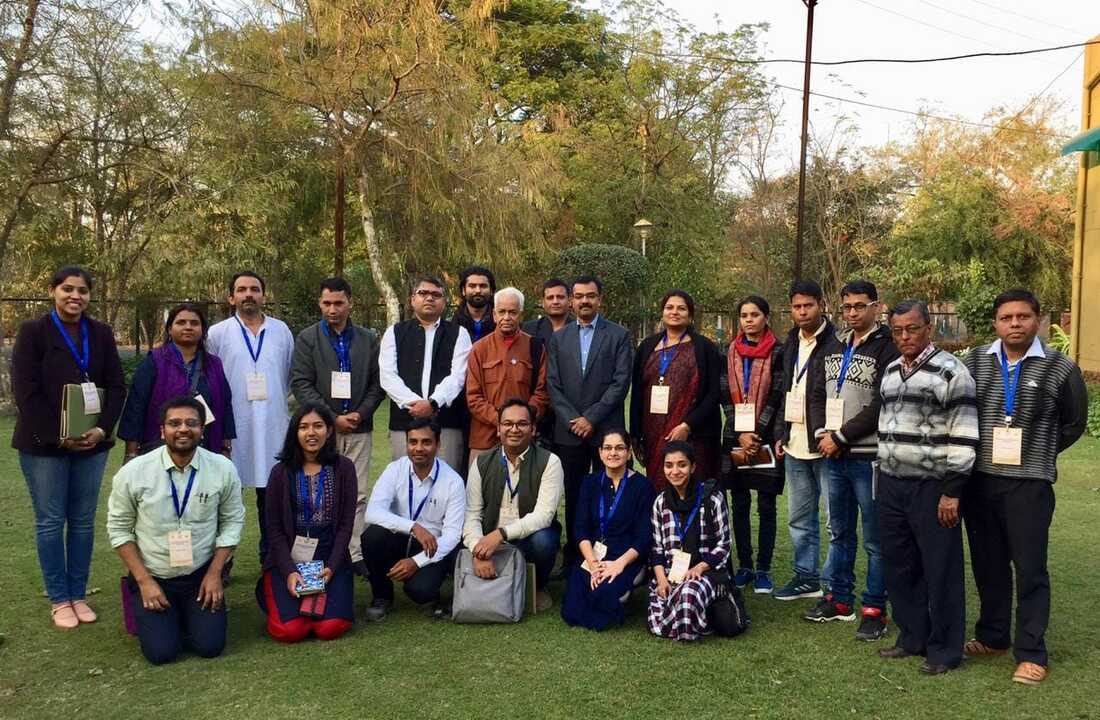
 RSS Feed
RSS Feed
